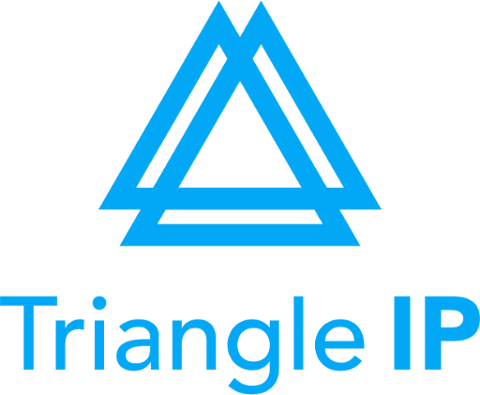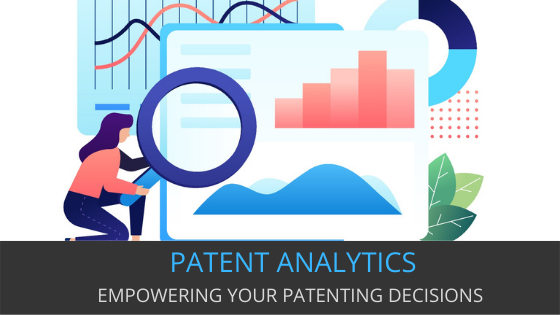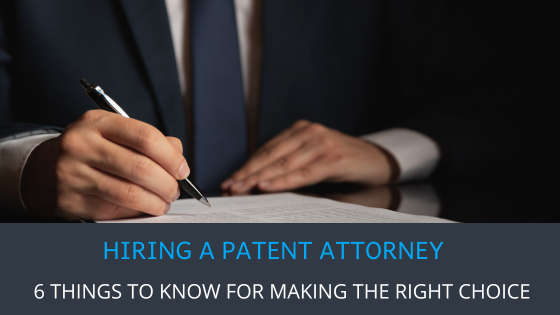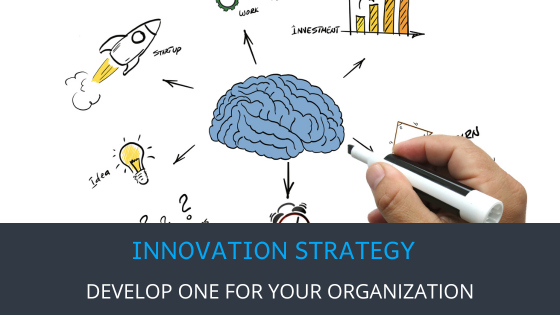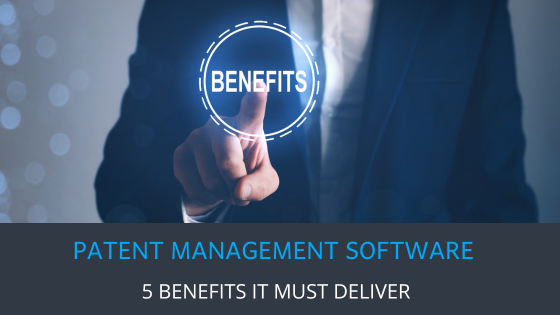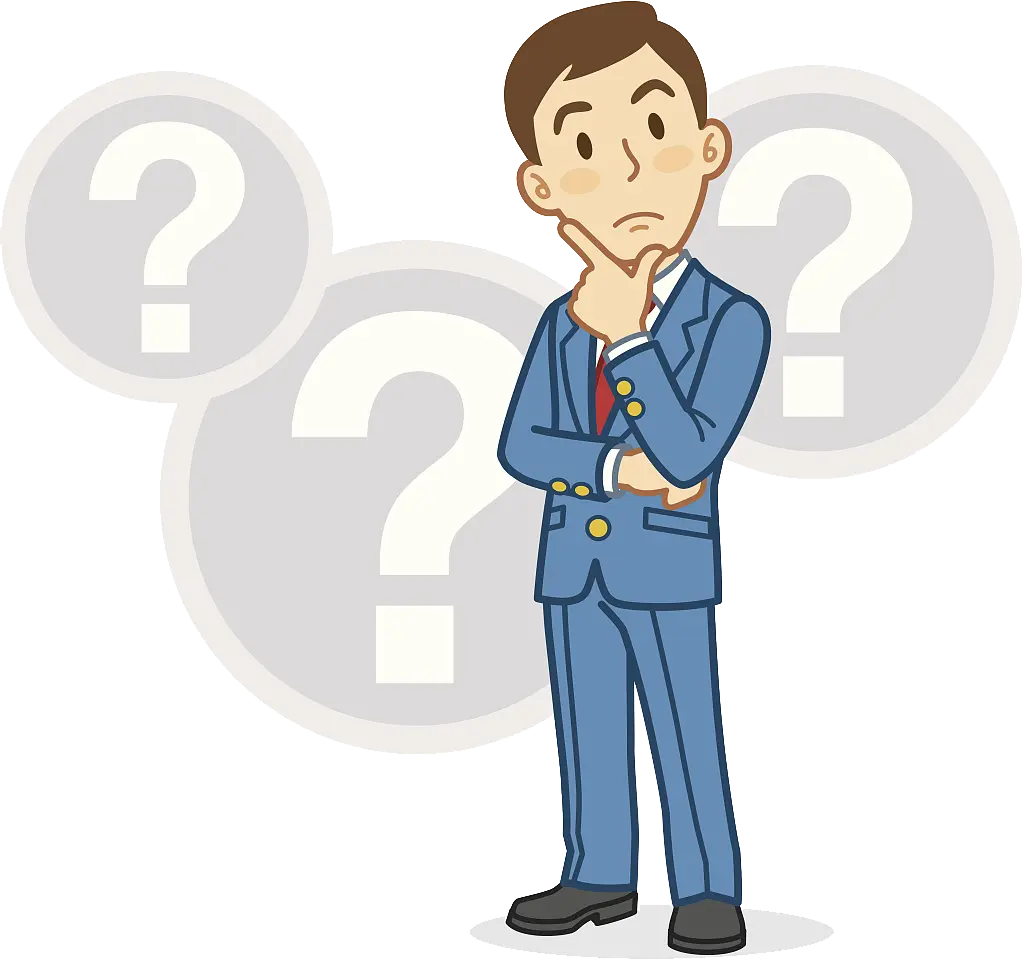Obtaining a patent is a complicated and lengthy process, with many factors influencing whether or not an application will be successful. Navigating through this complexity requires an understanding of global patent portfolio strategies to make more informed decisions.
As a result of this, chief technical officers usually have to rely on their technical knowledge and experience with the patent process — in a word, their gut — to make decisions. This method may have served many CTOs well, but there is a better way. Patent analytics provides CTOs with the information they need to make fully informed decisions. Using your gut is a form of analytics, of course, since you are drawing on your own experience and knowledge. However, far more information is available to you through tools that provide patent analytics, along with the ability to use that information most effectively.
The Three Important Factors That Drive Patenting Decisions
When you are working on a patent application, three concerns stand out at every stage of the process:
- The likelihood of success
- The amount of time needed
- The total cost
Patent analytics offer critical insights into each of these factors, making your patenting decisions more informed. These insights are particularly valuable when devising patent filing strategies that align with your organization’s goals.
What is the Likelihood of Getting a Patent on this Idea?
Of the three factors listed above, the likelihood of getting a patent on a particular idea might be the most subjective. “Likelihood” is another way of saying “probability,” and determining the probability of an event often requires a vast amount of data.
You can look at data like the average amount of time it has taken for similar patents to receive approval and the patent counsel’s success rate to make an educated guess about your application’s chances. The patent examiner’s allowance rate could also have a role to play.
How Much Time Will it Take to Get the Patent?
When applying for a patent, the next question is how long it will take for your application to get patented or granted by the PTO. At least three factors will determine an estimate of the time of grant.
a. The Technology Domain of Your Application
The type of technology represented by your application affects the amount of time it will take because of the USPTO’s art unit system. When you submit an application, it gets assigned to an art unit associated with that type of technology. Each art unit has its own track record in terms of how many applications it allows and the average number of rounds each application takes. These data, in turn, affect how much time an application is likely to take. Therefore, an analytics tool can delve into a group art unit’s data to provide important metrics that can help you assess how your application is doing.
b. The Patent Examiner Handling Your Application
Once an application has been assigned to art unit assignment, it will get assigned to a particular patent examiner. Having a specific patent examiner provides information that allows an educated estimate of the length of the process.
Data are available in patent analytics that show the average amount of time a patent examiner takes on an application, the average number of rounds for each application, and how those data have changed over time. As with estimates of the likelihood of an application’s success, estimating the length of time needed for an application requires a nuanced look at an examiner’s data. Examiners who are early in their careers, for example, might take longer than experienced examiners to complete the process.
Much like with group art unit data, an analytics tool provides a wealth of data that can assist you in making decisions about the application. Such data are crucial in the broader context of patent monetization, where timing and examiner trends can impact the value of a patent.
c. The Patent Counsel Handling Your Application
Information is also available on the allowance rates and the average number of argument rounds for patent counsel and in-house legal departments. Again, the analytics tool can compare this to industry averages to see how they compare. Numbers that are higher than average, for example, could mean a faster application process, but again, these are only a few points of data in a much larger picture.
All this data put together can help create a detailed model for estimating the length of time an application is likely to take.
How Much Will the Patent Cost End-to-End?
Finally, you want to know how much your patent application is likely to cost from start to finish. Some costs are easy to predict, such as filing fees. Others will depend on factors like the length of time needed and the number of argument rounds. The data gathered by the analytics tool provide an estimate of total costs or the amount it might cost to continue a patent application in process.
a. What are the different costs involved in patenting?
The two main types of expenses involved in a patent application are the filing fees paid to the USPTO and legal and other professional fees. Fees paid to a patent attorney and their firm could include:
- Patent search
- Attorney opinion letter
- Patent application preparation
- Argument or negotiation with the patent examiner
Other costs might consist of professional illustrations for the application.
b. What is the remaining cost and the subsequent cost to be incurred?
The first few examples on this list are reasonably predictable. Every patent application needs a patent search, for example. The steps involving argument rounds are where uncertainty about total cost can arise.
Estimating the future cost of a patent application draws on information about patent counsel, the examiner, and the application’s technology area. Fees paid to outside patent counsels are different from the cost of an in-house legal department’s services. Patents in some areas of technology might, generally speaking, cost more than others. The more complicated the technology involved in your application, the more you should expect to pay.
You need to know, with a fair amount of certainty, how much you should expect the application to cost from the present moment until completion. An analytics tool can find meaning in all of these jumbled variables and give you an answer to this question.
c. Based on the evaluation criteria, does the returns-to-cost ratio look good?
You know your patent application better than anyone. You know what you stand to gain from an approved patent. The analytics tool provides you with educated estimates of the likelihood of approval, how long the approval is likely to take, and how much it will cost.
Based on all the available data, the analytics tool assesses your case’s “health,” showing whether it is good or otherwise. Then, the health rating lets you make an informed patenting or continuation decision.
Where Do You Get the Values for the Above-Mentioned Three Factors?
The Triangle IP Patent Management Tool (the “TIP tool”) will provide you with all this information, and it will present it to you in an easy-to-use format.
Request analytics on any of your patent cases today using this simple form!
There is more you can get from the TIP tool, for instance patentability score, detailed examiner analytics, etc.
Patentability Score
The TIP tool also gives your application a “patentability score” on a scale of 0 to 10 with 10 being the highest, showing your application’s likelihood of success. It automatically generates this score from information found in the summary of your application, including:
- The art unit of your application
- The average number of rounds for applications in this art group
- The average allowance time for applications
- The total cost to get the application granted and maintained
The analytics tool compares these numbers to the average number of argument rounds and allowance time for your patent examiner and others. A score of 8.5, for example, means that your application has an 85% chance of being allowed.
You may modify the patentability score, or you may enter your value in that field if you prefer.
Detailed Examiner Analytics
Information about a patent examiner’s past behavior can offer insight into how they might handle your application. Their allowance rate, for example, could help you make a prediction about your case. However, the percentage of applications they allow or do not allow is only one part of a larger story.
The application process can go on for years, so the allowance rate only shows you their decisions on old applications. It might not reflect how they are approaching applications that are still pending. For example, your examiner might have changed their approach over time. Perhaps they were stricter when they began their careers and are more willing to work with applicants now. A good patent analytics tool can place information about a patent examiner’s behavior into a helpful context that will yield better predictions by weighting recent data more than older data. How receptive is an examiner to an interview or an appeal is also insightful data to contribute to decision making.
Triangle IP’s TIP tool has this feature on it’s product roadmap. You will be able to make use of this feature in one of its future releases.
Learn More About Patent Analytics
Your gut has served you well, but perhaps it is time to give it a rest and try something new. Triangle IP can streamline your patent workflow while freeing you from the difficulties of complex IP management. Our TIP tool is available for a free trial, which will give you an idea of the actionable insights that you can draw from it. Sign up today! You also get to explore a sample portfolio to see how you can benefit from the tool.
